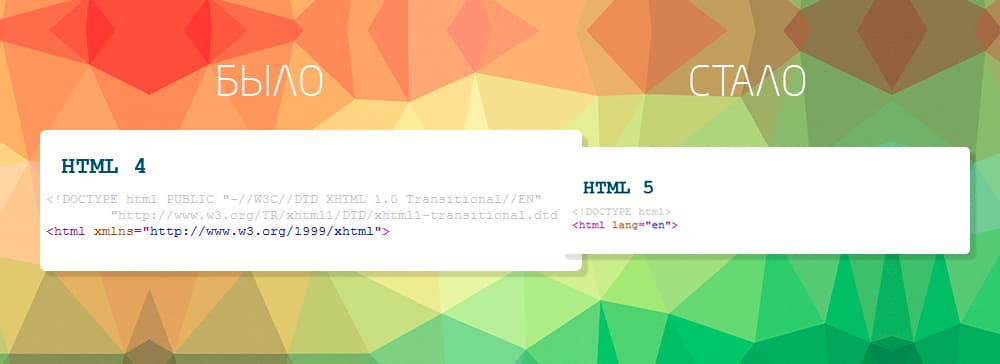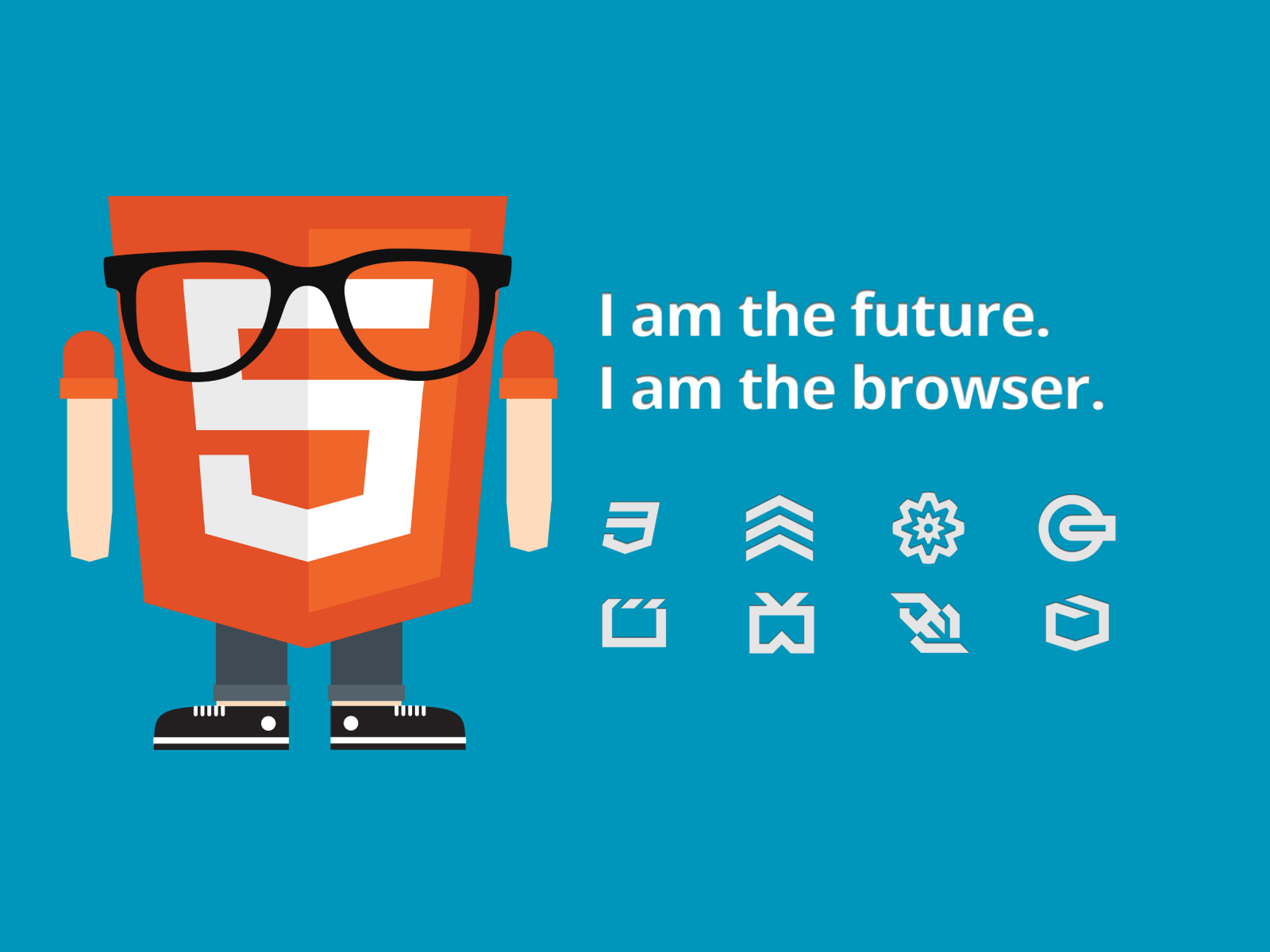The Essentials
HTML5 is a completely new platform that allows you to design not just websites but also powerful web applications. This new technology introduced many useful tags for developers, even though its syntax remains similar to its predecessors (HTML 4.01, XHTML 1.0). The big advantage is that front-end specialists don’t have to get used to entirely new "habits" in HTML5.
So what exactly does this seemingly unremarkable HTML5 bring to the table?
A New Skeleton
I’m sure you’ve built website layouts before. Remember how you had to separate every block? Something like this: . And each element on the page had to be wrapped in a div with one or more class names. The main parts of any page (header, sidebar, main content, footer) are typically named the same way on every site. These names became so common in class names that they were turned into dedicated HTML5 tags . Here’s the list!
Technically, these tags are equivalent to the div tag — where the ellipsis stands for header, main content, sidebar, or footer. Now you can see why using a tag like `
` is better than using a plain `
`. First, it's shorter; second, it reduces the chance of making mistakes in your code (in older HTML versions, you had to wrap everything in divs — sometimes dozens of them — which made it easy to lose track of opening and closing tags). In HTML5 , these tags stand out visually and help you understand where elements begin and end. Third, you’ll end up using fewer class names overall.A Challenge for Geniuses
My teacher always said, “Designing a layout is the hardest part of building a website.” But for me, the hardest part has always been writing the correct document type declaration. Seriously — only someone with a photographic memory could remember all those lines of code. Luckily, HTML5 solved this problem by reducing the entire declaration to just two words: ``. Simple and hard to forget.

A Powerful Media Buddy
Before HTML5, embedding media files into web pages was a real headache. You had to use the `` tag with multiple parameters — which meant a lot of code — or embed a Flash player (and wrap it in an `` tag too). But it’s the 21st century, and we shouldn’t have to struggle like that. HTML5 handles all the hard work for us. Enter the `` and `` tags, which let you add music and video to your page with ease.And one last thing for today. You already know you can insert images in HTML using the `` tag. But what if you don’t want to import an image — what if you want to draw, to create your own artwork directly in HTML? HTML5 made that possible too, with the new `` tag.
It’s worth noting that to “draw” on a canvas, you’ll need to use JavaScript. That’s why developers now use it not just for graphics but also for games and stunning visual effects. One tag — endless possibilities!
Summary
To sum it up, HTML5 is a new platform for building web applications based on HTML tags. It’s not just another version of the standard or a routine update. Developers all over the world have embraced HTML5 for the ease and flexibility it brings to the development process.
All our learning materials and courses that involve HTML markup already reflect these innovations and follow the latest trends.
Go for it — start using HTML5 today in your next lesson!
